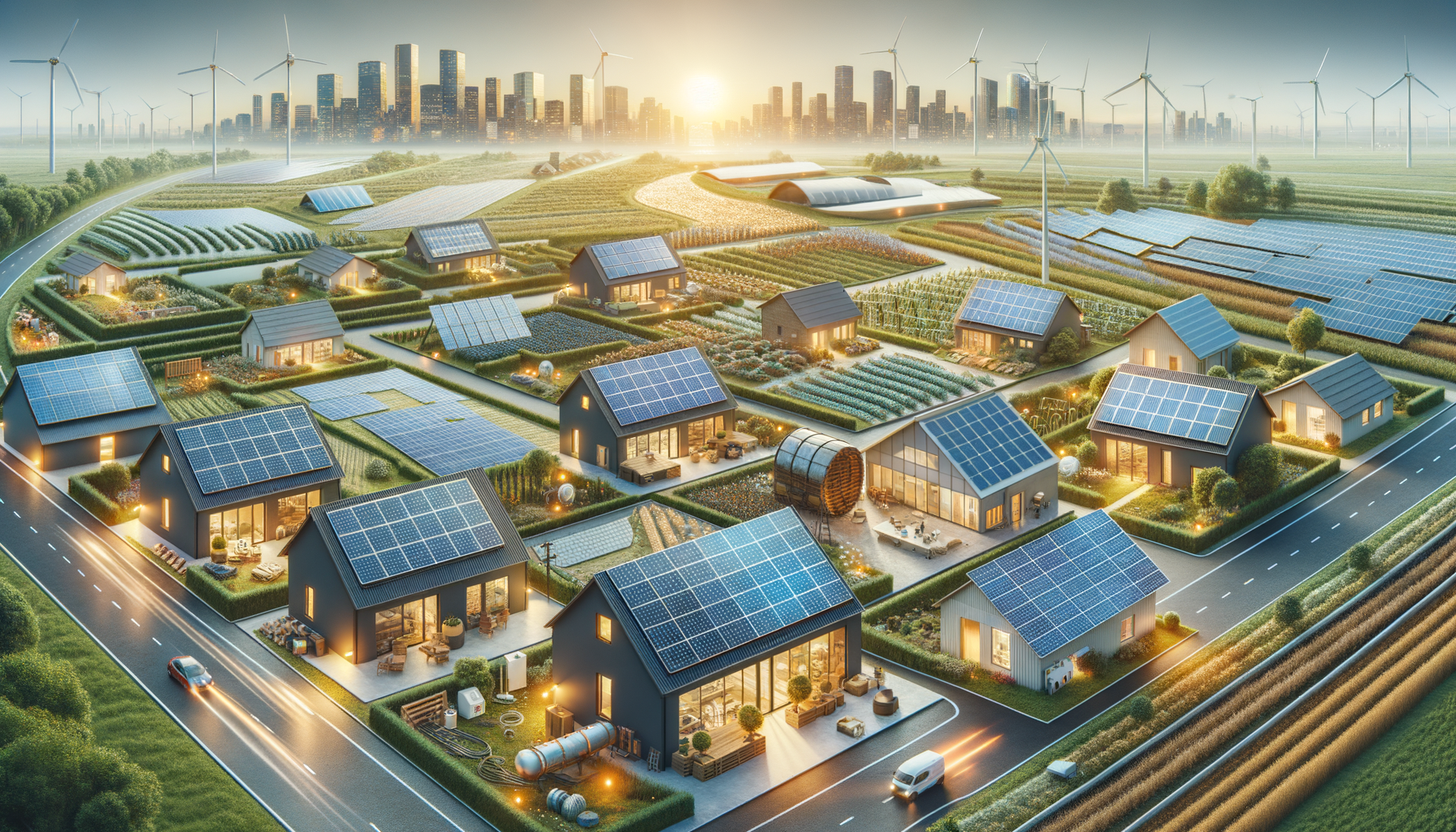Energy Efficiency: Harnessing the Sun
Solar energy is a renewable power source that has gained significant attention for its potential to enhance energy efficiency. By converting sunlight directly into electricity through photovoltaic (PV) cells, solar panels offer a clean and sustainable alternative to fossil fuels. The efficiency of these systems is a crucial factor, as it determines how much sunlight is converted into usable electricity. Modern solar panels boast efficiency rates ranging from 15% to 22%, depending on the technology and materials used.
One of the key benefits of solar energy is its ability to reduce electricity bills. By generating your own power, you can significantly cut down on your reliance on the grid, leading to lower utility costs. Additionally, many governments offer incentives such as tax credits and rebates to encourage the adoption of solar technology, further enhancing its affordability.
Moreover, solar energy contributes to environmental sustainability by reducing greenhouse gas emissions. A standard residential solar panel system can offset approximately three to four tons of carbon emissions annually, equivalent to planting over 100 trees each year. This environmental impact makes solar energy an attractive option for eco-conscious homeowners.
Installation Basics: Setting Up for Success
Installing solar panels is a significant investment, and understanding the installation process is essential for maximizing their benefits. The first step involves assessing your property’s solar potential, which includes evaluating roof orientation, shading, and available space. A professional solar installer can conduct a site assessment to determine the optimal setup for your panels.
Once the site assessment is complete, the next step is selecting the right type of solar panels. Options include monocrystalline, polycrystalline, and thin-film panels, each with distinct advantages. Monocrystalline panels are known for their high efficiency and sleek appearance, while polycrystalline panels offer a more cost-effective solution. Thin-film panels, although less efficient, are flexible and lightweight, making them suitable for unconventional installations.
The installation process typically involves mounting the panels on the roof or a ground-mounted system, connecting them to an inverter, and integrating them with your home’s electrical system. It’s crucial to ensure that the installation complies with local regulations and safety standards. Professional installers can navigate these requirements, ensuring a seamless setup.
Long-Term Use: Maximizing Benefits
Once installed, solar panels require minimal maintenance, making them a convenient long-term investment. Regular cleaning to remove dust and debris can help maintain their efficiency. Some systems are equipped with monitoring tools that track performance and alert you to any issues, allowing for timely maintenance.
The lifespan of solar panels is typically 25 to 30 years, during which they can continue to produce electricity at a reduced efficiency rate. It’s essential to consider the warranty offered by manufacturers, which often covers performance and equipment for a substantial portion of this lifespan. Investing in quality panels with comprehensive warranties can provide peace of mind and ensure long-term savings.
In addition to financial savings, solar panels can increase property value. Homes equipped with solar energy systems are often more attractive to buyers, as they promise reduced energy costs and environmental benefits. This added value can be a significant advantage if you decide to sell your property in the future.
Comparing Solar to Other Renewable Options
While solar energy is a popular choice, it’s essential to consider other renewable energy options to determine the best fit for your needs. Wind energy, for example, is another viable option, particularly in areas with consistent wind patterns. Wind turbines can generate substantial electricity, but they require more space and are often more suitable for rural settings.
Geothermal energy is another alternative, utilizing heat from the earth to generate electricity and provide heating and cooling. This option is highly efficient and reliable, but installation costs can be high, and it’s best suited for areas with geothermal activity.
Hydroelectric power, which harnesses the energy of flowing water, is a well-established renewable source. However, it requires access to a water source and can have environmental impacts on aquatic ecosystems.
Ultimately, the choice between solar and other renewable options depends on various factors, including geographic location, available resources, and personal preferences. Solar energy remains a versatile and accessible choice for many property owners, offering a balance of efficiency, cost-effectiveness, and environmental benefits.
Conclusion: Embracing Renewable Energy
Incorporating solar energy into your property is a forward-thinking decision that aligns with global sustainability goals. By understanding the nuances of energy efficiency, installation, and long-term use, property owners can make informed choices that benefit both their wallets and the environment. As technology advances, the accessibility and efficiency of solar energy continue to improve, making it an increasingly attractive option for those looking to embrace renewable energy.
Whether you’re motivated by financial savings, environmental impact, or energy independence, solar power offers a compelling solution. With the right planning and execution, solar energy can transform your property into a beacon of sustainability, paving the way for a greener future.




Leave a Reply